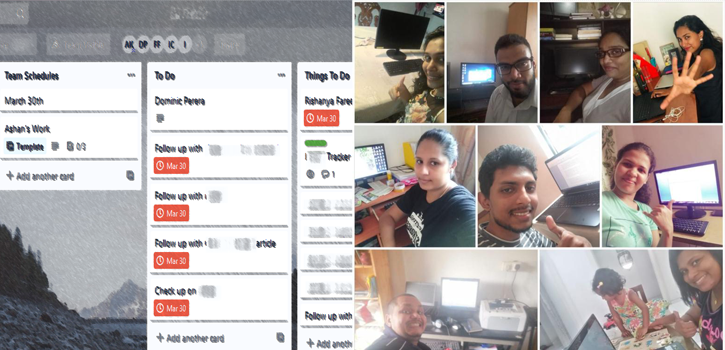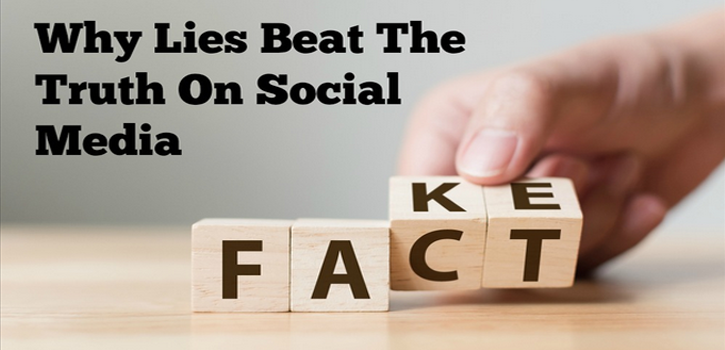As the name itself suggests, Thought leadership articles can be summed up as thought provoking articles, pieces of writing that share ideas and opinions of a particular person, organization. Thought-Led articles are also used in discussing about an issue by way of one’s ideas and opinions, etc. Writing thought-led articles requires in-depth research, facts and data.
The main purpose of thought-led articles varies from context to context. The writer can transform him/herself as a thought leader and provide ideas and opinions based on solid industry knowledge, current trends. Companies and organizations tend to use thought-led articles to iron out negative sentiments and spread the word of positivity among the general public. In all these cases, writers often include a by-line to introduce the thought leader.
A by-line is something that many of us are not familiar; hence it would be a good opportunity to explore how to write a thought-led article, some tips and techniques.
Heading
Let’s discuss from the heading itself. Heading is one of the most important aspects to any article due to various reasons. One big reason being it is the first point of contact, so it needs to be attractive and compelling to the reader. Ideally, it should not be too long, but it needs to convey a clear message of what to be followed in the article. We tend to include articles such as “a, the” as we generally use them in standard English writing. But one of the tricks used by writers is to avoid such articles and try to make the heading concise as possible. If the heading is boring, there is a possibility that the reader might skip reading your article, so try to make it interesting and meaningful at the same time.
What is a By-line?
We may have come across the so called “By-line” in new paper articles. It often appears after the heading, in the left hand corner. It says “By (Name of the writer). It is practiced as a norm to include the by-line after the heading.
First Paragraph
If your heading meets the above requirements, the reader will scroll down to the first paragraph which is equally important. This acts as the introductory paragraph, so we need to provide a clear base to the article. If the article is about an individual, company, we can provide some background information while introducing. If we are writing about a general concern, we can begin by introducing that particular issue.
Body of the article
If our first paragraph is compelling, the reader will scroll further down. One important thing to remember in constructing the body of the article is breaking paragraph. Each paragraph needs to a have a clear topic sentence. This means each paragraph needs to talk about a separate point. Novice writers can always list down the key points before writing the article, so that they can easily break the paragraphs. Body of the article can always carry well researched facts and data that support the core messages of the article.
Why do we need subheadings?
Clarity is always important in writing any type of article. Since thought-led articles tend to be longer than other types of articles, writers often include some headings. The purpose of a sub heading is to provide a clear direction to the reader as to what to be expected from the next paragraph. As usual, sub headings need to be compelling and should not be longer either. But they need to always direct the reader. Tips and tricks we use in writing the main heading can be applied to sub headings as well.
Concluding paragraph
The purpose of the concluding paragraph is to summarize what was discussed throughout the article. The writers tend to provide suggestions in the concluding paragraph if the article focuses on a certain issue. Concluding the article depends on the type of content. It can be a solution to an issue, few suggestions, or if the article is a piece based on building reputation, an interesting quote can be a possible inclusion.
Meanwhile, at the end, thought-led articles often carry a small description of the writer. It contains the writer’s background, experience, current designation and any other information suggested by him or her. Here, the writer means the thought leader, from whom the opinions and ideas are collected.
A guide to writing Thought leadership articles









